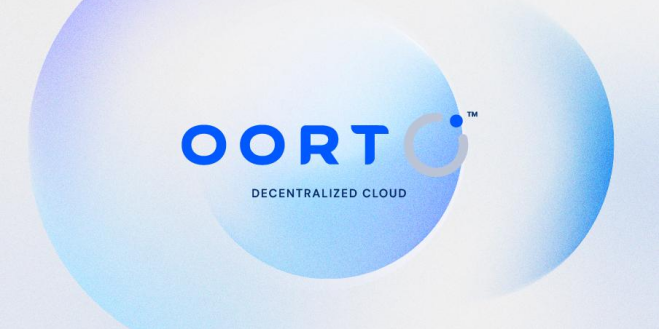
Today, with the rapid development of blockchain technology, OORT tokens have attracted much attention due to their unique consensus algorithm. This article will delve into the consensus mechanism of the OORT token, especially its correctness and stability, and analyze its potential in decentralized applications.
Consensus algorithm of OORT token: OORT token adopts a structure called OSP-DAG (Directed Acyclic Graph), which improves the efficiency and security of its consensus algorithm. The core of the consensus algorithm is to ensure that all participants agree on the blockchain state, thereby avoiding problems such as double spending.
Correctness analysis
In this section, we will show how OORT’s consensus algorithm ensures its correctness. According to Algorithm 1, we can divide the correctness into several important propositions.
Definition of Proposition: First, let’s review some basic concepts. For any two blocks B and B*, if B* contains B, then we can express it as B* → B. This means that all blocks in the path belong to the same epoch. And B∗ b −→ B means that B∗ contains B through the best parent chain, and these blocks are not necessarily in the same period.
Derivation of the final stable block
According to the definition of D10, the last stable block (lsb) is the key to ensuring stability. In the consensus process of OORT, when we process block B1, we must first determine its best parent block bp (B1). We then check B1's epoch and make sure it meets certain conditions. If all conditions are met, B1 will be added to the current blockchain.
Security and Liveness: OORT’s consensus algorithm is not only correct, but also meets the two important properties of security and liveness.
security
Security means that malicious attackers cannot tamper with existing blocks under any circumstances. OORT works by ensuring that every new block must reference a known stable block. In each iteration of the algorithm, B1 will be accepted only if its parent block is in the stable chain.
Liveness: Liveness means that the system can continue to generate new blocks and keep the network running. The design of OORT ensures that even if some nodes fail, other nodes can still continue the consensus process, thus ensuring the continuous operation of the system.
Application potential of OORT token
The consensus algorithm of OORT token not only has technical advantages, but its practical application potential is also huge. Here are some possible application scenarios:
Decentralized Finance (DeFi) OORT tokens can be used in decentralized financial applications to help users conduct transactions without intermediaries. Its efficient consensus algorithm can support fast transaction confirmation and improve user experience.
supply chain management
In supply chain management, OORT tokens can be used to track the circulation of goods, ensuring transparency and traceability in every link. Its stable consensus mechanism ensures data accuracy and security.
Digital identity verification: OORT tokens can also be used in digital identity verification systems to help users manage their identity information securely. Through its consensus algorithm, the system can prevent the theft and tampering of identity information.
in conclusion
Based on the above analysis, the consensus algorithm of OORT token shows superior performance in terms of correctness, security and activity. As blockchain technology continues to develop, OORT tokens will surely play an important role in various application scenarios. In the future, as more innovations and improvements emerge, the OORT token is expected to become an important part of the blockchain ecosystem.